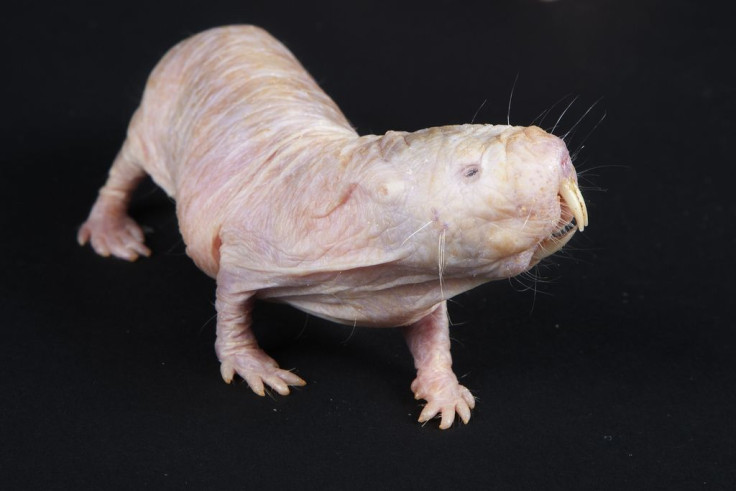Naked Mole Rats Aren’t As Cancer-Resistant As We Thought, But They Still Play Important Role In Oncology

With a face only a mother could love, the naked mole rat, an African rodent that lives underground, has captured the attention of medical researchers with its extreme longevity and inexplicable resistance to all forms of cancer. Marking an exception to this rule, researchers from the University of Washington School of Medicine have now documented the first two cases of cancer in the unique animal.
One rodent, a 22-year-old male living in Brookfield Zoo in Chicago, developed a tumor under his right armpit. Further tests revealed the animal had a type of cancer called adenocarcinoma, which develops in mucus-secreting glands throughout the body. Scientists suspect it originated in the rat’s mammary or salivary glands. The second rat was a 20-year-old male living in the National Zoo in Washington D.C. He was diagnosed with stomach cancer.
According to IFLScience, the incidence of cancer in these two animals does not completely negate the species’ already established cancer resistance. Instead, it shows there is more to the mysterious rodent’s story than previously believed. “Our case report officially describes cancer in two individuals out of hundreds of examined [naked mole rats],” Dr. Martha Delaney, a researcher of the study, told Medical Daily in an email. “I am sure if we keep looking we will find more.”
Past research has found the naked mole rat’s ability to avoid cancer seems to be due to a process called “concerted cell death.” This process occurs when the animal’s body senses potentially cancerous growths and cuts off oxygen to vulnerable cells, effectively preventing the cancer from spreading. Scientists believe the naked mole rats developed this ability out of the need to preserve oxygen in their underground environment.
The animals also secrete a “goo,” called high molecular weight hyaluronan (HA), from the glands on their skin. In a 2013 study, scientists removed HA from the rats’ bodies and watched them eventually develop tumors just like humans. They posited that HA, with its larger-than-normal cells, could cage the cancer cells and prevent them from spreading. One last addition to the anti-cancer mix is an extra protein within the rats’ gene cluster, INK4. According to Newsweek, this protein plays a role in stopping oncogenesis, or the process by which normal cells are transformed into cancer cells.
Despite all this research into the rats’ cancer-killing biology, the exact reason is still unclear. Researchers of the current study believe their two rats will offer clues, and suggest that their being raised in captivity may be one place to start looking because it may have altered their biological processes.
“We are not sure of the effect of this inbreeding on cancer development or the susceptibility to other diseases,” Delaney said. “NMRs are still an interesting animal to study and useful model to better understand cancer in general. Groups using NMRs have made some amazing discoveries and significant contributions to the field.”
Source: Delaney MA, Ward JM, Walsh TF, et al. Initial Case Reports of Cancer in Naked Mole-rats (Heterocephalus glaber). Veterinary Pathology . 2016



























